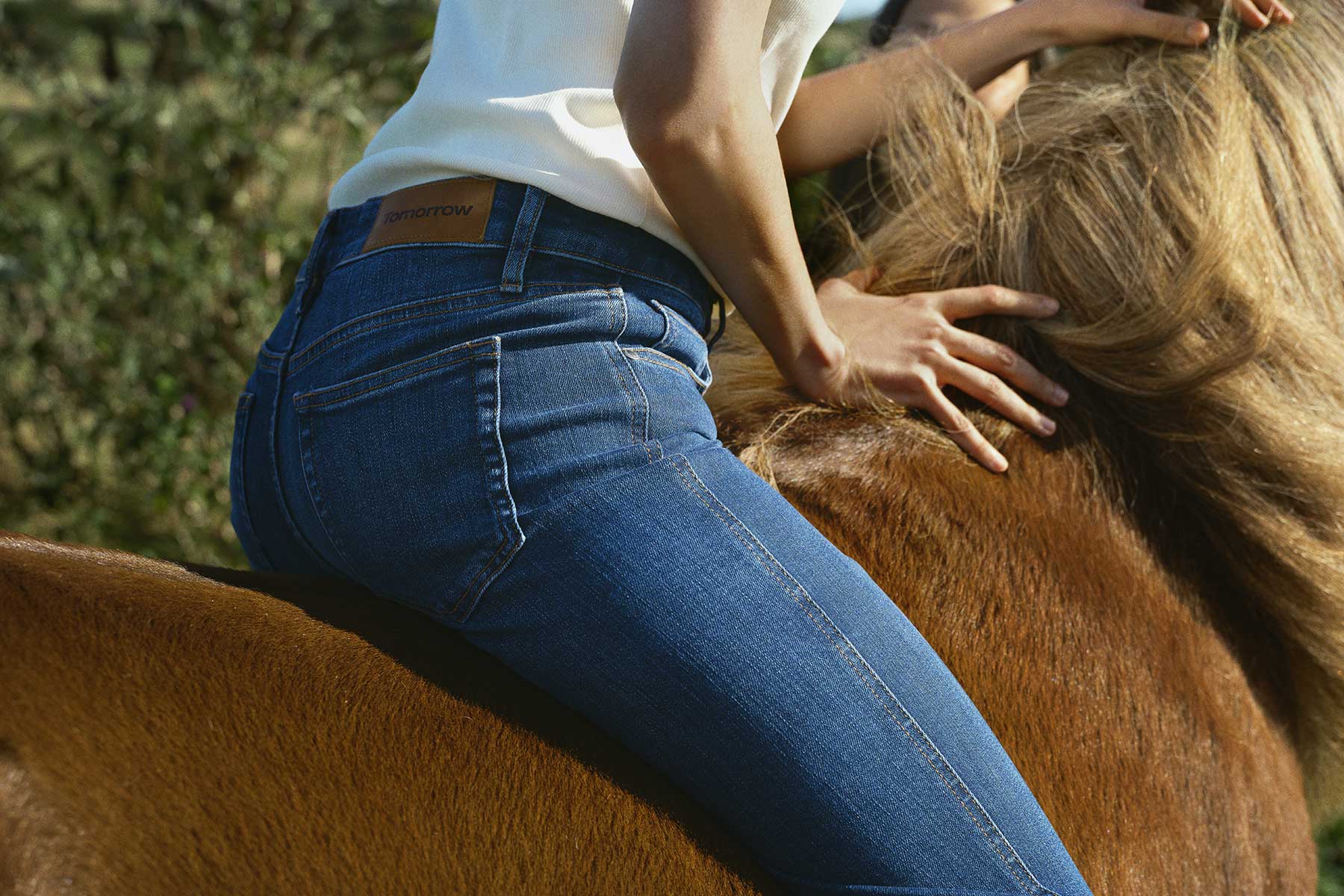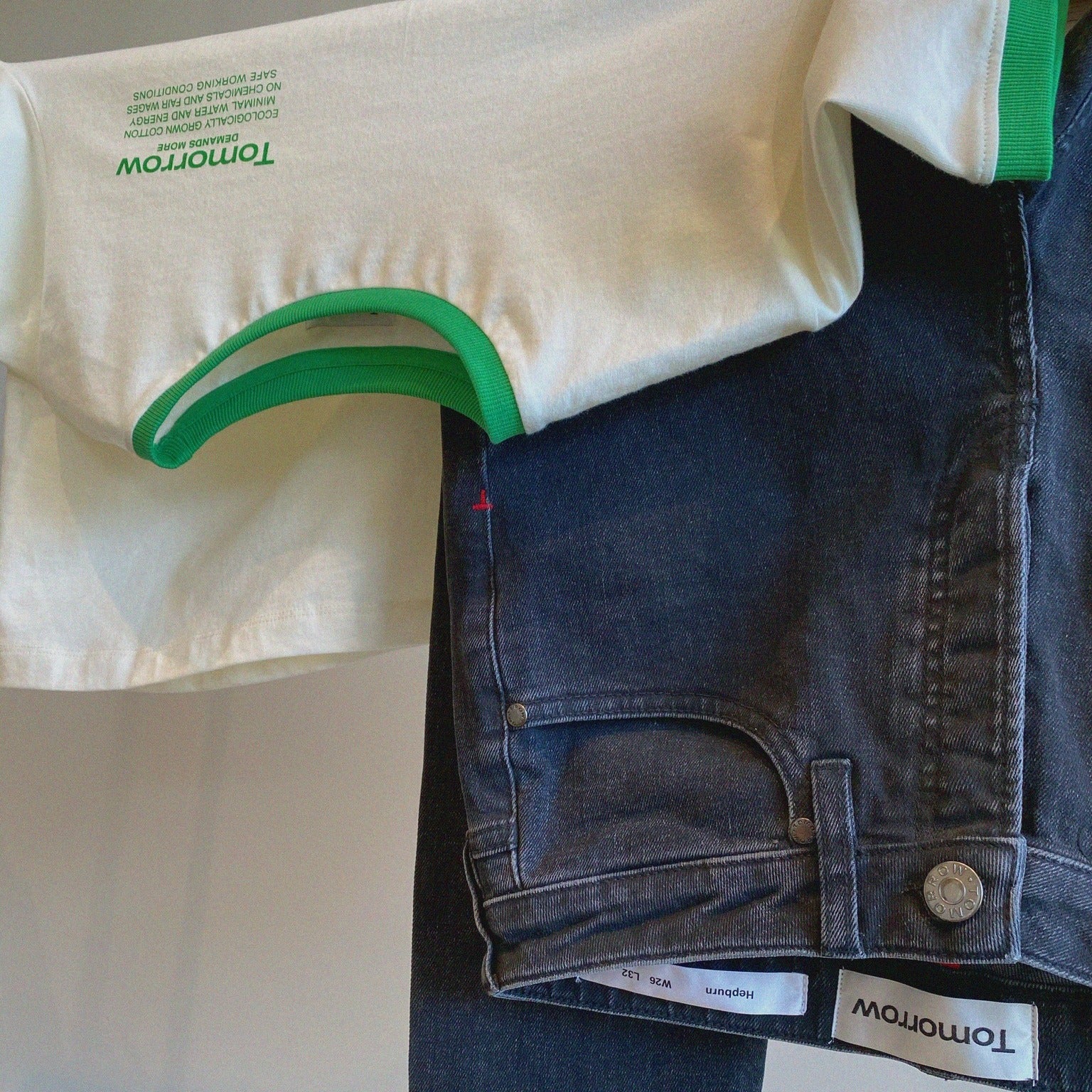
The denim weaving process
Weaving is the production process where yarn is turned into fabric. Denim belongs to the twill family of weaves. The most common type of denim is a 3×1, which has three warp yarns for each weft yarn on the front of the fabric, and a diagonal twill line that runs either to the left or the right.
Weaving explained
In technical terms, weaving is the process of interlacing of two sets of yarn at a fixed 90° angle. It’s the yarns’ right angle at one another that distinguishes weaving from knitting where the yarn meanders in a series of interlocking loops. The two sets of yarn in a weave perform different tasks. The yarns that run across—known as the weft, the filling or the pick—is threaded over and under the yarn that runs downwards, which is called the warp or ends.
The invention that changed weaving
To weave a piece of fabric, you need three principal motions: shedding, picking and battening. First, shedding moves the warp yarn up and down to create the weave pattern. Next, picking interlaces the weft with the warp. Finally, battening presses the weft in place after the interlacing.
We humans have been weaving fabrics for thousands of years. The device used to weave is called a ‘loom.’ The earliest looms were made in the New Stone Age, more than 12,000 years ago. Of course, back then, looms were operated by hand.
One type of ancient hand-operated loom is the warp-weighted loom, which consists of a frame that is made from poles that are placed in a vertical position. The warp yarn is kept taut by weights, which allows the weaver to thread the weft.
Another ancient loom is the backstrap loom. The weave is made up of two rods that have yarn stretched onto them. The rod at the top is fixed to somewhere high while the bottom rod is fixed to the back of the weaver with a strap.
The more direct ancestors of the machines that weave our denim today are the treadle loom and the drawloom. These looms mechanised the shedding, which was a groundbreaking invention. Shedding is done with the ‘heddle’—sometimes also referred to as the ‘heald frame’ or the ‘harness’. A series of bars that extend the width of the loom are suspended on a shaft. On each bar is a number of ‘heddles’; wire or cord with an eyelet in the middle for the yarn to pass through. The bars can move up and down; traditionally, they were activated by a footswitch called the ‘treadle.’
When the weaver would activate a treadle, one bar would be raised while the other would remain below. The result is an intricate mesh that the weft can pass through. And that space is called the ‘shed.’
With the shed, the weaver could easily thread the weft. The weft was held in a ‘shuttle,’ a bullet-shaped tool with a bobbin filled with the weft, which would be thrown through the shed. Once caught on the other side, the weft would be secured with a bar called the ‘beater’ in the battening motion.
The heddle and the beater are still part of even the most advanced weaving machines of today—although they’ve obviously been automated. What’s changed most is the picking.
Source credit - DenimHunters







